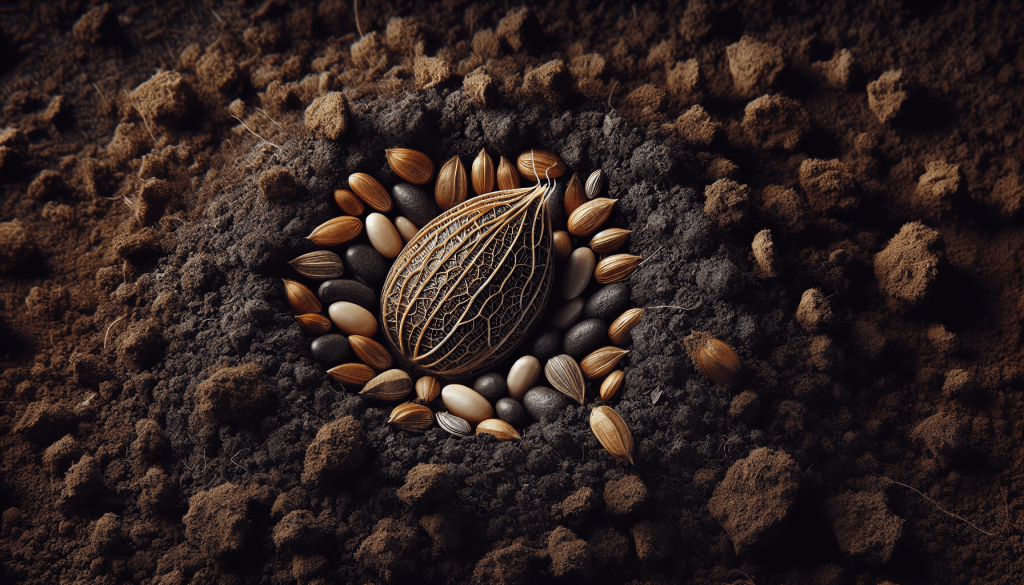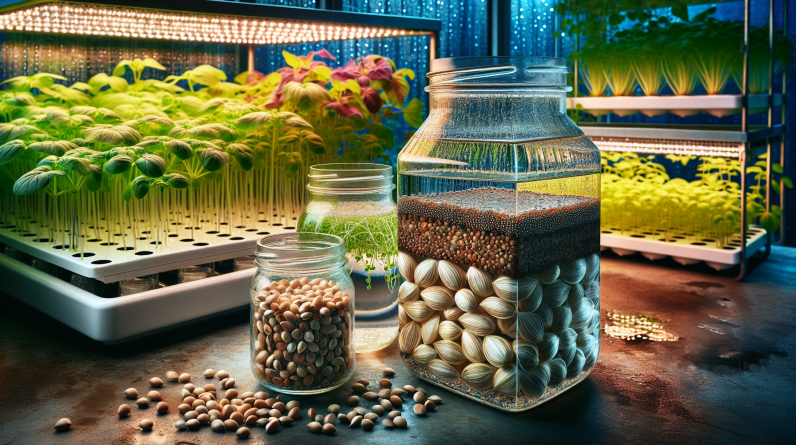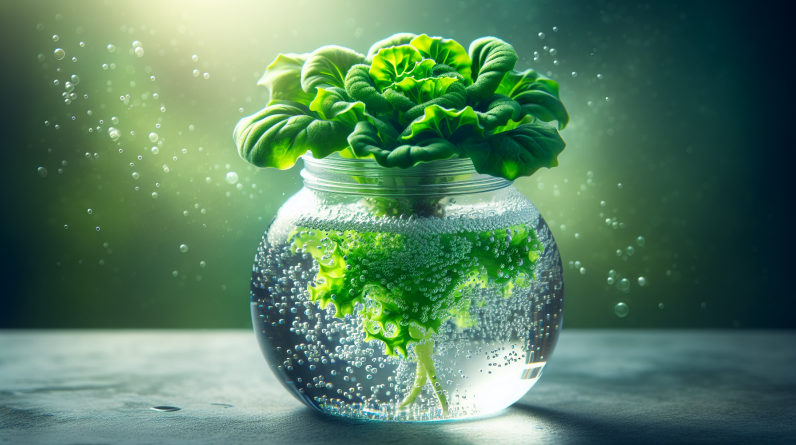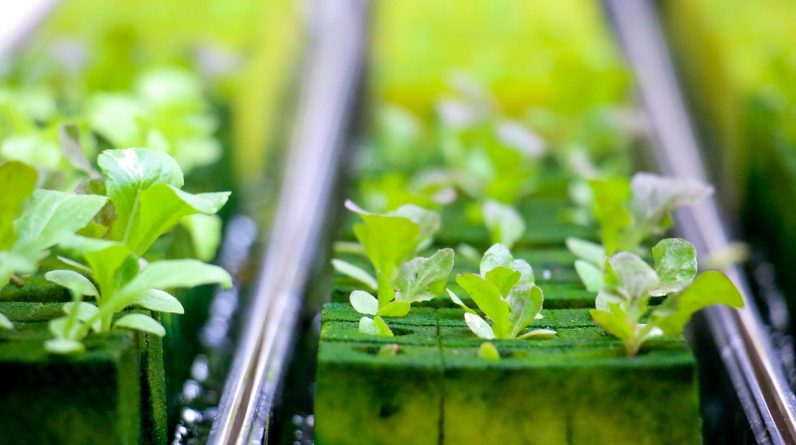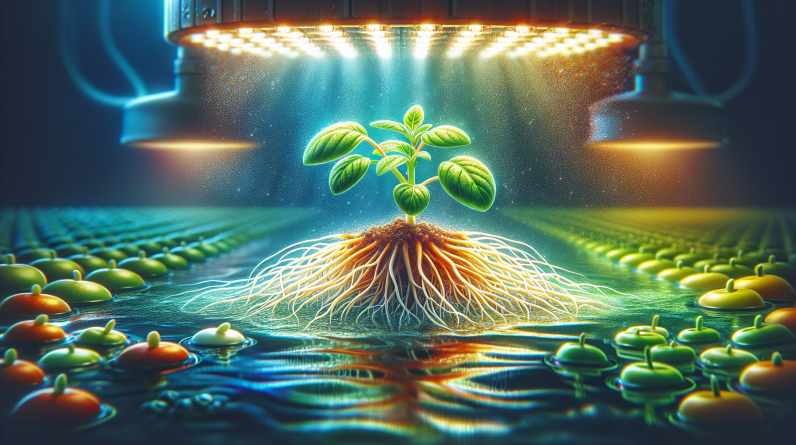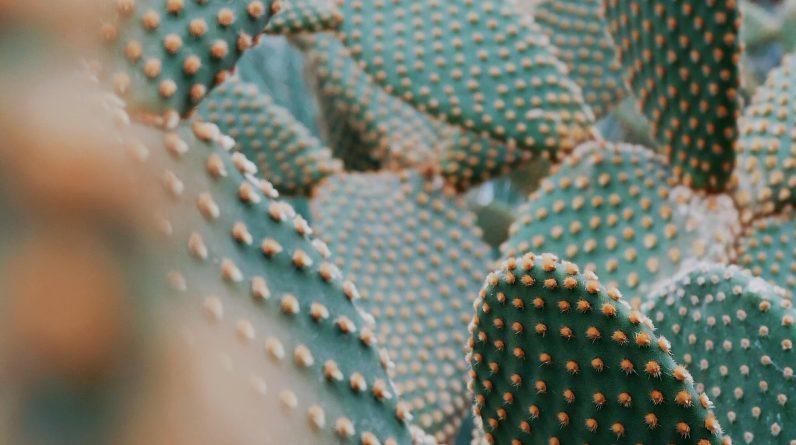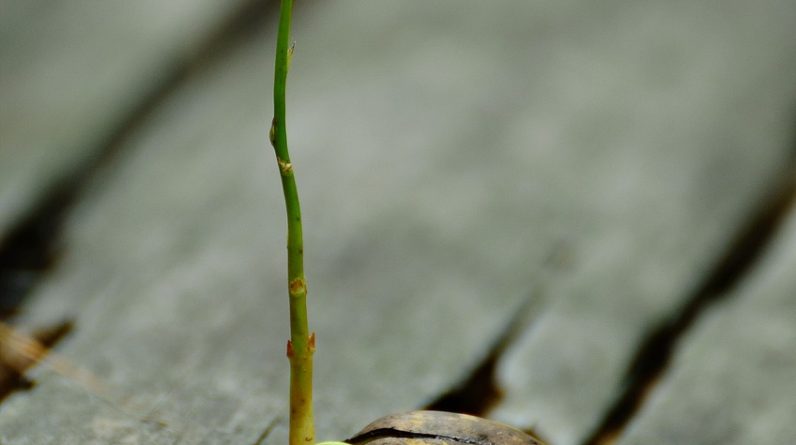
Have you ever wondered why some seeds refuse to sprout no matter how much care and attention you give them? In this article, we will explore the various factors that can cause seeds to fail to germinate. Understanding these reasons can help you improve your gardening success and ensure that you provide the optimal conditions for your seeds to flourish. From improper moisture levels to incorrect temperature and even the quality of the seeds themselves, we will uncover the mysteries behind seed germination failures and provide you with practical tips to overcome these challenges. So, let’s unlock the secrets to successful seed germination together!
Inadequate Temperature
Seeds require specific temperature conditions to germinate successfully. Each seed has an optimum temperature range at which it can grow and develop. If the temperature is too hot or too cold, it can prevent germination altogether.
For example, some vegetable seeds like tomatoes and peppers require warm soil temperatures between 70°F and 85°F (21°C and 29°C) for successful germination. If the soil temperature drops below this range, the seeds may remain dormant and fail to sprout. On the other hand, cool-season crops like lettuce and spinach prefer cooler soil temperatures between 45°F and 65°F (7°C and 18°C). If the soil becomes too hot, these seeds may not germinate.
To ensure proper germination, it is essential to understand the optimum temperature requirements for different seeds. Planting seeds at the right time, when the soil temperature is within the suitable range, can greatly enhance germination success.
Insufficient Water
Seeds need moisture to trigger the germination process. Water scarcity can severely hinder this process and lead to failed germination. Proper watering techniques are crucial for providing the necessary moisture to seeds without overwatering.
Different types of seeds have different water requirements. Some seeds, like those of water-loving plants such as rice or watermelon, require consistently moist conditions to germinate. On the other hand, some seeds prefer slightly drier conditions and can be damaged by excessive water.
To ensure successful germination, it is important to research and understand the specific watering needs of different seeds. Watering techniques can include methods like bottom watering, misting, or using a gentle spray to provide even moisture distribution. Monitoring the moisture levels in the soil is essential, as allowing the soil to dry out completely can also prevent seeds from germinating.

This image is property of pixabay.com.
Lack of Oxygen
Just like any living organism, seeds need oxygen for respiration during the germination process. Poorly aerated or compacted soil can suffocate the seeds and prevent them from receiving the necessary oxygen.
To ensure proper oxygen availability, it is important to avoid planting seeds in soil that is compacted or waterlogged. Compacted soil has tightly packed particles that restrict the movement of air, while waterlogged soil has excessive water that displaces oxygen. Amending the soil with organic matter, such as compost or peat moss, can help improve its aeration and drainage capabilities.
By providing well-aerated soil, you can create an ideal environment for seeds to receive the necessary oxygen for successful germination.
Inadequate Light Exposure
While temperature and water are often the focus when it comes to germination, light is also essential for some seeds to successfully sprout. Seeds that require light for germination won’t thrive in darkness and may fail to germinate if deprived of sufficient light exposure.
These light-dependent seeds, such as lettuce and petunias, need exposure to either natural sunlight or artificial light to trigger germination. It is important to consider their light requirements and provide suitable conditions accordingly.
When sowing these seeds, avoid burying them too deep in the soil to ensure they receive the necessary light for germination. Following the suggested planting depth guidelines can significantly improve the chances of successful germination of light-dependent seeds.
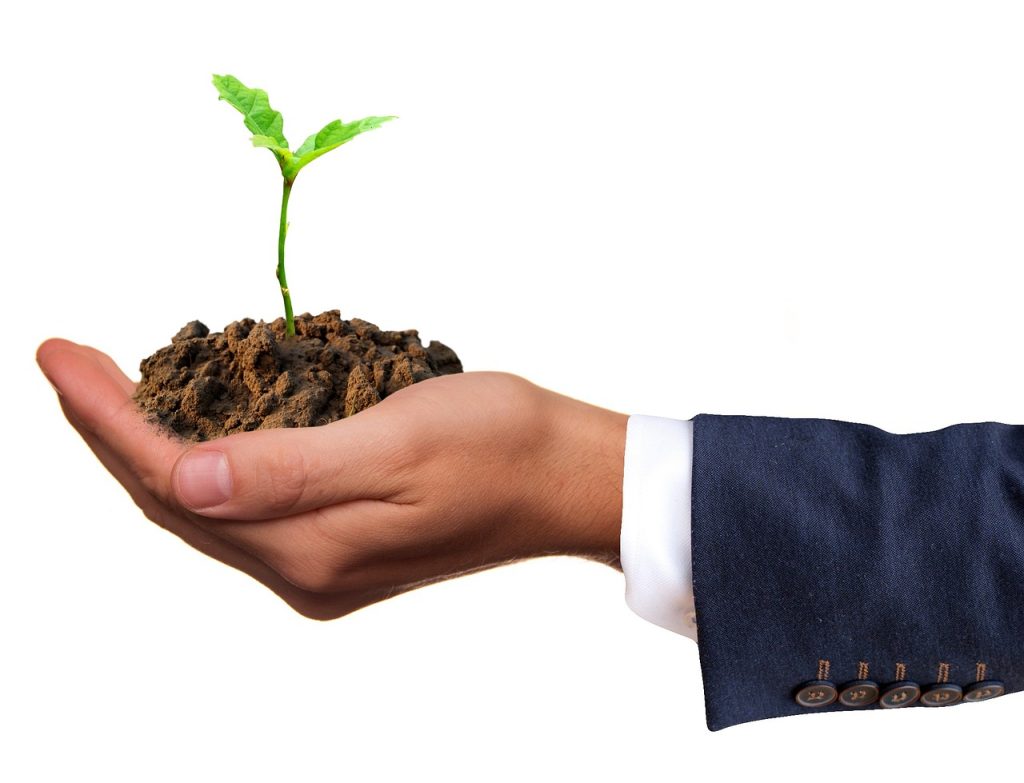
This image is property of pixabay.com.
Seeds Dormancy
Some seeds have a natural dormancy period as a survival mechanism. This dormancy helps seeds survive unfavorable conditions, such as cold winters or droughts, until the environment becomes more suitable for growth.
Breaking seed dormancy can be achieved through scarification or stratification techniques. Scarification involves physically damaging the seed coat to allow water to penetrate and germination to occur. Stratification, on the other hand, involves mimicking the natural cold period that the seed requires for germination by refrigerating them for a certain period.
Understanding which seeds have a dormancy period and how to break that dormancy can greatly improve germination rates and overall seedling success.
Poor Seed Quality
The quality of seeds plays a crucial role in germination success. Low-quality seeds may have low viability, meaning their ability to germinate and produce healthy seedlings is compromised. Old or damaged seeds are particularly prone to failure.
Purchasing high-quality seeds from reputable sources is essential for ensuring successful germination. Fresh seeds from the previous growing season are generally more viable than older seeds. It is advisable to store seeds in a cool and dry place, preferably in airtight containers, to maintain their viability for a longer period.
By investing in high-quality seeds and properly storing them, you can increase the chances of germination success and healthy plant growth.
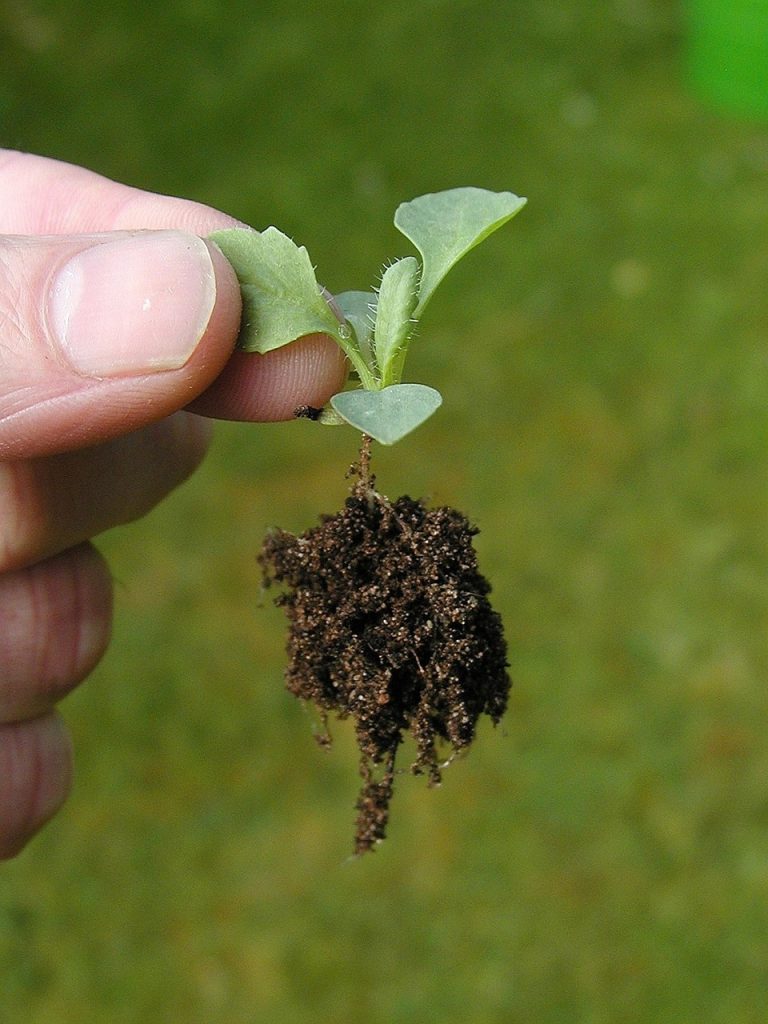
This image is property of pixabay.com.
Seed Depth
Planting seeds at the correct depth is crucial for successful germination. Seeds have specific planting depth requirements, and if they are planted too shallow or too deep, they may fail to sprout.
Generally, larger seeds are planted deeper, while smaller seeds are planted more shallowly. However, it is important to research and understand the specific planting depth requirements for each type of seed you are sowing. Following the recommended depth suggested on seed packets or in gardening references can greatly enhance germination success.
Seed Viability
Seeds have a limited lifespan, and over time, their viability decreases. Expired or old seeds may not germinate, resulting in a failed germination process.
To ensure successful germination, it is advisable to test seed viability before planting. This can be done by performing a simple germination test, where a small number of seeds are placed in a moist environment and observed for germination. This test helps determine the percentage of viable seeds before sowing them in larger quantities.
Proper seed storage is also essential for maintaining seed viability. Storing seeds in a cool, dry, and dark place can help prolong their viability and increase the chances of successful germination when planted.
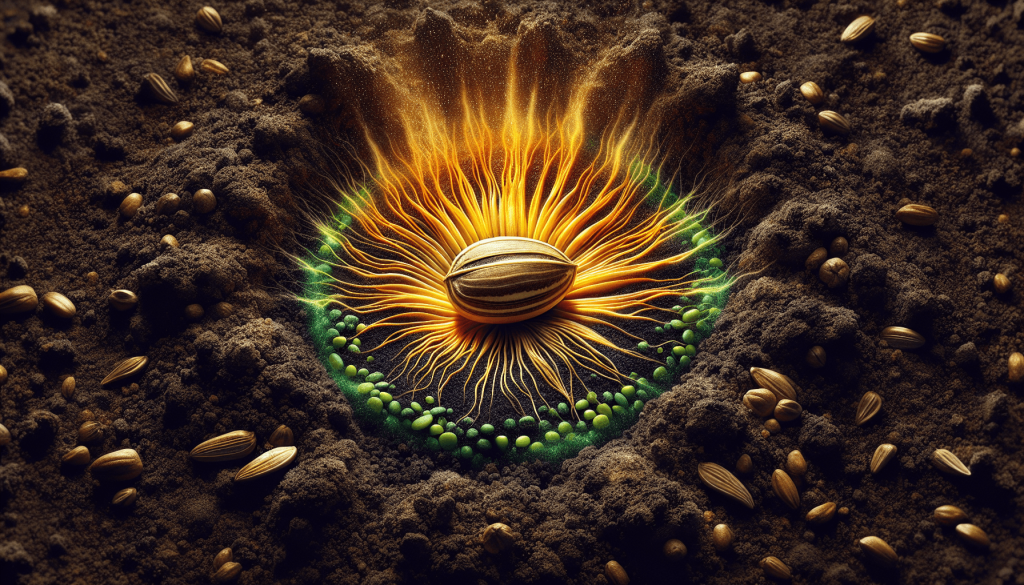
Seed Coat Hardness
Some seeds have hard seed coats that can prevent water absorption and inhibit germination. These hard coats act as protective barriers, allowing seeds to remain dormant until the conditions for germination become favorable.
Methods to improve the germination of seeds with hard coats include scarification and stratification. Scarification involves manually breaking or softening the seed coat through techniques like nicking, filing, or soaking in warm water. Stratification, as mentioned earlier, mimics the natural cold period required for germination by refrigerating the seeds.
By employing these techniques, seeds with hard coats can be encouraged to germinate, ensuring successful seedling growth.
Seed Dispersal Mechanisms
Seeds rely on various dispersal mechanisms to ensure their survival and spread. These dispersal methods, such as wind, water, animals, or even explosive mechanisms, can influence germination success.
Understanding the natural dispersal mechanisms for specific seeds is important when it comes to sowing and providing suitable conditions for germination. For example, seeds that are dispersed by water may require moist soil for successful germination, while wind-dispersed seeds may require more open and exposed conditions.
By considering the natural dispersal mechanisms of seeds, you can enhance germination success by providing suitable conditions that mimic their preferred environment for growth.
In summary, several factors can contribute to seed failure to germinate. Inadequate temperature, insufficient water, lack of oxygen, inadequate light exposure, seed dormancy, poor seed quality, improper seed depth, decreased seed viability, seed coat hardness, and improper understanding of seed dispersal mechanisms can all hinder germination success. By understanding and addressing these factors, you can greatly improve your chances of successfully growing healthy plants from seeds.
